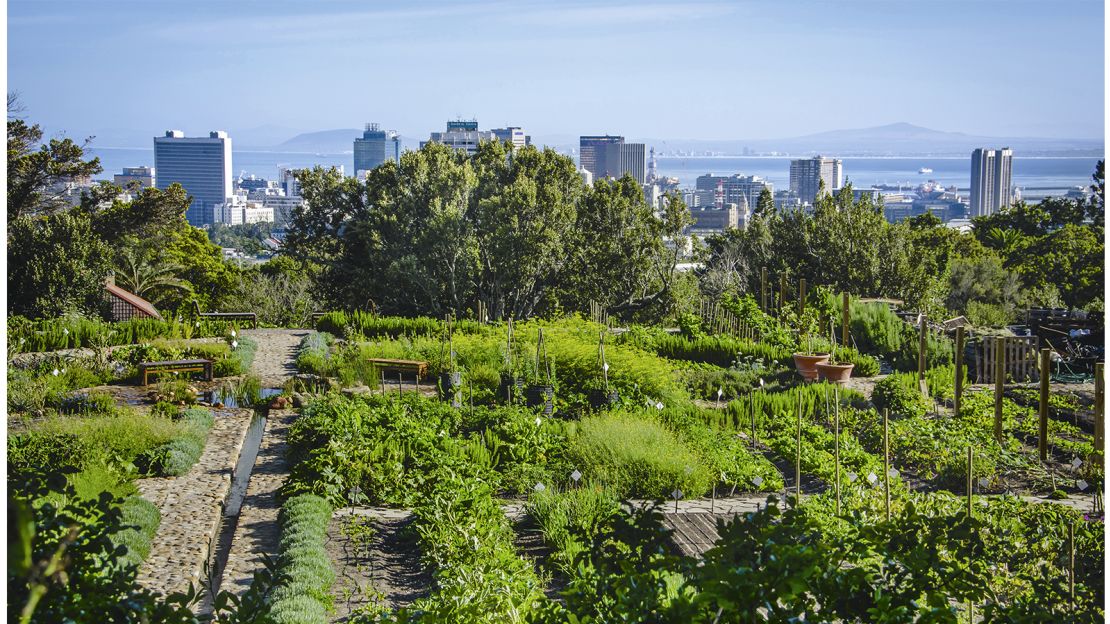Unknown Facts About City Blooming
Unknown Facts About City Blooming
Blog Article
The Single Strategy To Use For City Blooming
Table of ContentsCity Blooming Fundamentals Explained8 Easy Facts About City Blooming ShownHow City Blooming can Save You Time, Stress, and Money.City Blooming for BeginnersHow City Blooming can Save You Time, Stress, and Money.
Intrigued in expanding food for sale in the City of Chicago? Below is a checklist of often asked concerns regarding the regulations and regulations that cultivators need to consider when intending a metropolitan agriculture project.
The zoning modification does not modify any type of other codes handling composting, structure permits, acquiring or leasing City possessed residential or commercial property, organization licenses or environmental contamination. There are existing codes that manage these issues and they stay completely impact and might apply to your project. Neighborhood yards are usually possessed or managed by public entities, civic companies or community-based organizations and preserved by volunteers.
Urban ranches grow food that is intended to be marketed, either on a nonprofit or for-profit basis. Due to their commercial objective, city ranches call for a company certificate. Yes. A neighborhood garden is permitted to offer surplus create that was expanded on site if the sales are accessory or subservient to the garden's primary objective described above.
The 4-Minute Rule for City Blooming
The amount of compost product can not exceed 25 cubic backyards at any type of given time according to the criteria in 7-28-715 of the City's Municipal Code. Since the dirt at the majority of new garden websites needs modifying, compost, soil, wood chips, or other materials can be obtained to build or boost the expanding area.

If a building permit is needed then the hoophouse will certainly be considered an accessory structure. You can learn more regarding the structure license needs by contacting the Division of Structures. The 25,000-square-foot size limitation is meant to stop a solitary community yard from dominating a given block or taking away from the block's existing household or business character.
The restriction does not apply to gardens found in Public Open Room (POS) districts. Can there be even more than one community yard that is 25,000 square feet on a solitary block? Secure fencing is not needed, however, gardens that have large car parking locations may be required to set up fence or other landscape design features.
City Blooming for Dummies
B1 & B2 areas need that all industrial use tasks be carried out indoors. Is fence required for city ranches? Fences might be needed, along with landscape design and screening, for certain parking locations and exterior work or storage areas depending on place and the particular task taking location.
Yes. Urban farms require structure permits and zoning authorizations before building and construction. Various other kinds of city evaluation may be needed depending upon particular frameworks, tasks, size, landscaping, licensing, public health and stormwater monitoring problems. A Website lot of these needs are identified in the task layout or allowing process, however, the applicant might be accountable to separately determine details licenses or allows that may be needed.
Yes. The kind of certificate is determined by what is taking place at the site. The Division of Business Affairs and Customer Security can help determine the specific sort of company certificate that's needed. Yes. Off street parking is needed for a lot of business projects in Chicago. The called for variety of car parking areas is based upon the variety of staff members working on website and not the square footage of the expanding room.
Excitement About City Blooming

A city ranch can market garden compost product generated on website, nonetheless, the procedure has to abide with the policies in 7-28-715 of the Chicago Municipal Code. Aquaponic systems are allowed indoors on metropolitan ranches in lots of zoning districts.
As much as five hives or colonies of honey may be maintained as an accessory usage. Beekeepers need to sign up with the Illinois Department of Agriculture. To learn more about the recommended zoning amendment you might speak to the Division of Real Estate and Economic Advancement, Bureau of Preparation and Zoning at 312.744.8563.
Farming in cities and city areas A metropolitan ranch in Chicago. Urban agriculture describes different methods of growing. https://soundcloud.com/cityblooming, processing, and dispersing food in city areas. The term likewise applies to the area activities of pet husbandry, tank farming, beekeeping, and gardening in a city context. Urban farming is distinguished from peri-urban agriculture, which takes area in rural locations beside residential areas.
A Biased View of City Blooming
It can entail a movement of natural growers, "foodies" and "locavores", who look for to form socials media started on a common ethos of nature and neighborhood holism. These networks can create using formal institutional support, becoming incorporated right into local town preparation as a "change town" activity for sustainable city advancement.
In either situation, the extra straight access to fresh vegetable, fruit, and meat products that may be become aware through urban agriculture can boost food safety and food safety and security while lowering food miles, resulting in reduced greenhouse gas exhausts, therefore adding to environment adjustment reduction. A few of the initial proof of city farming originates from Mesopotamia.
Report this page